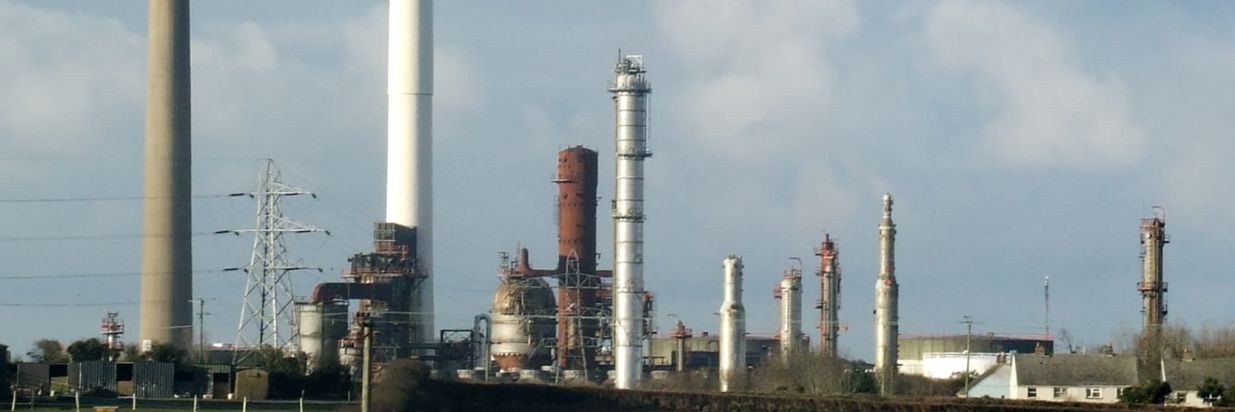

Industrial chimneys can deteriorate over time, posing safety risks if not checked. Our drones inspect from a safe distance without the need for downtime, spotting early signs of damage and delivering clear reports so you can act before issues escalate.
Drones equipped with thermal imaging cameras allow you to accurately assess the condition of a chimney. Infrared photographs can be used to detect extreme temperature differences that can locate otherwise unseen issues, such as concealed moisture damage and heat leakage.
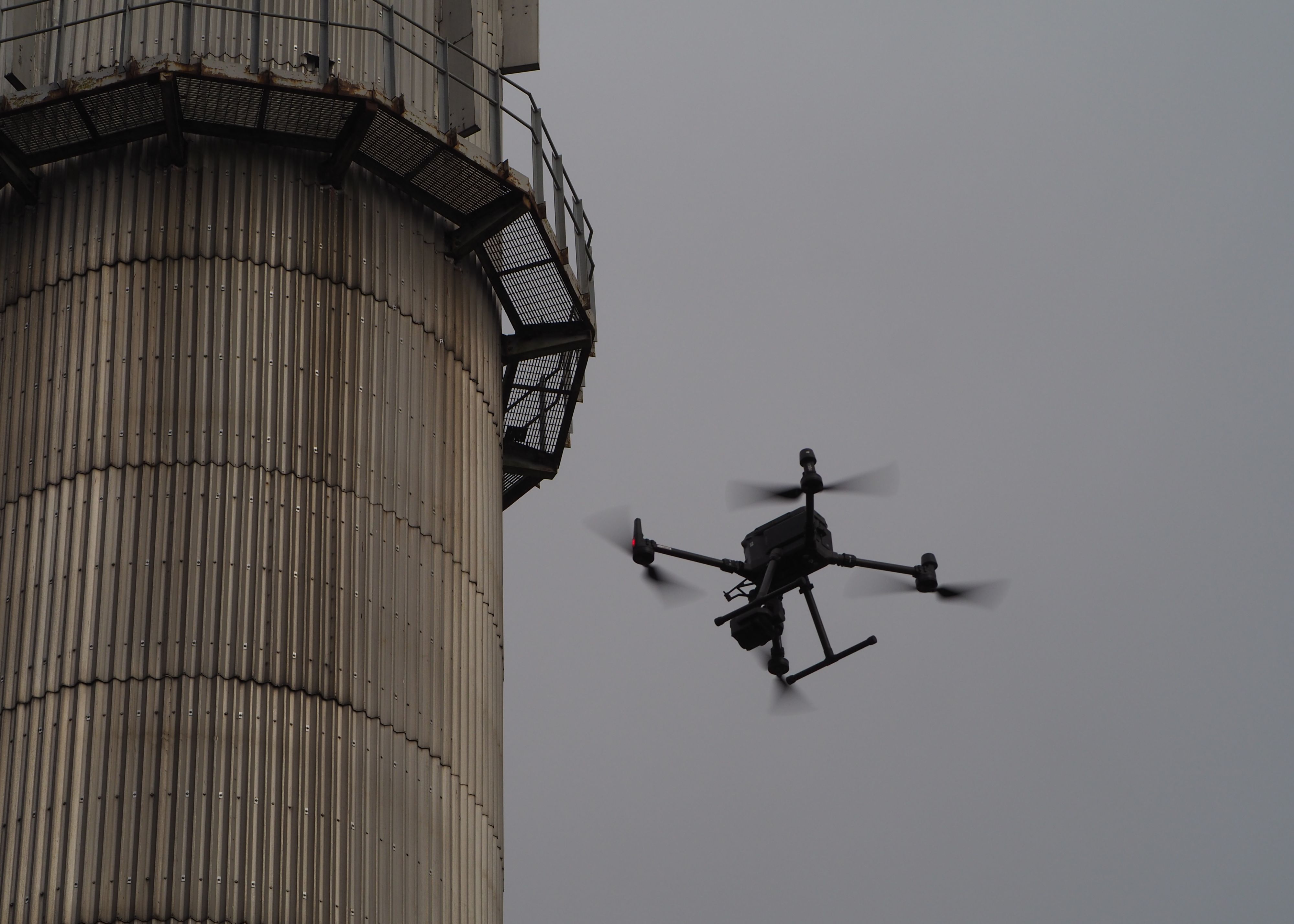
Using ultra-high-definition cameras and zoom lenses we can pinpoint areas that are suffering from decay, cracks, erosion, corrosion and other damage. Enjoy peace of mind in knowing that issues that are causing, and have the potential to cause, serious problems will be found quickly and efficiently.
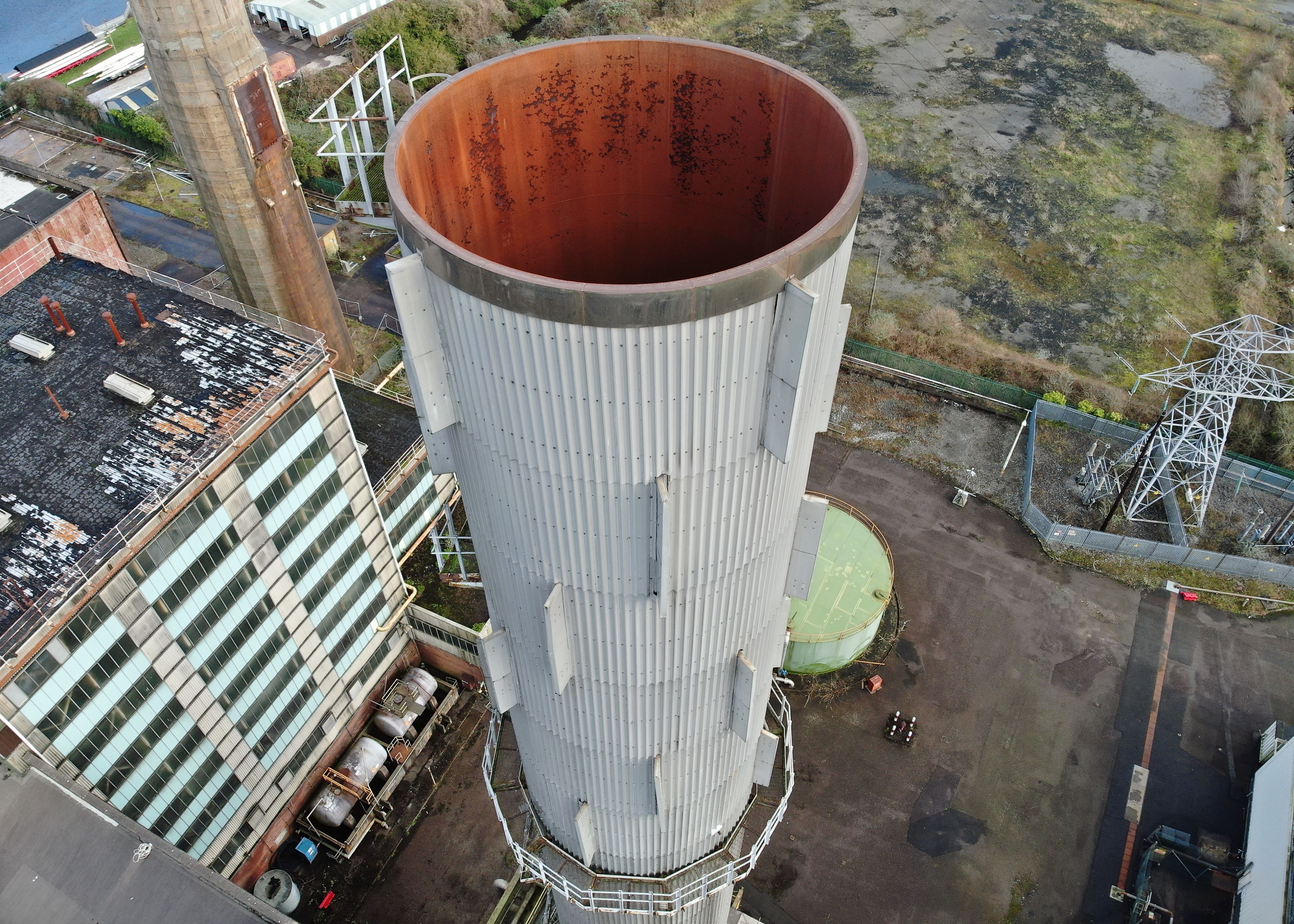
The use of drone 3D modelling technologies gives you the opportunity to inspect a digital twin of a chimney from the comfort of your office. This detailed replica can be inspected at a minute level, allowing you to make a record of any areas that are in need of attention. Issues such as poorly executed repairs, general damage and other potential weaknesses can be shared with your employees, suppliers and other shareholders at the click of a button.
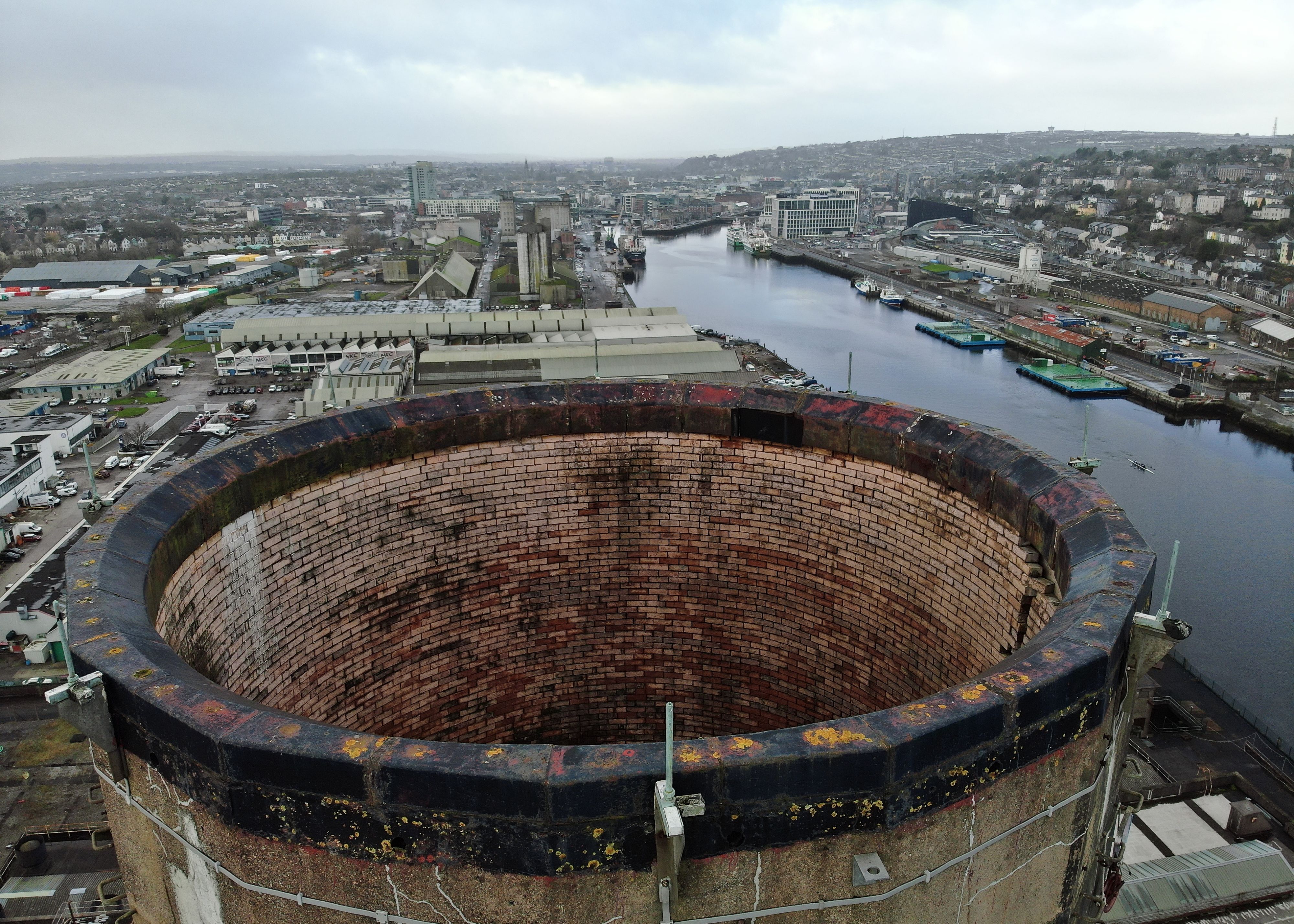
The use of specialist impact-resistance technology deployed with our drones allows us to access areas that are otherwise too hazardous or difficult to reach. Get instant data from confined spaces without the time-consuming, labour-intensive and costly methods of the past, and with zero risk to personnel.
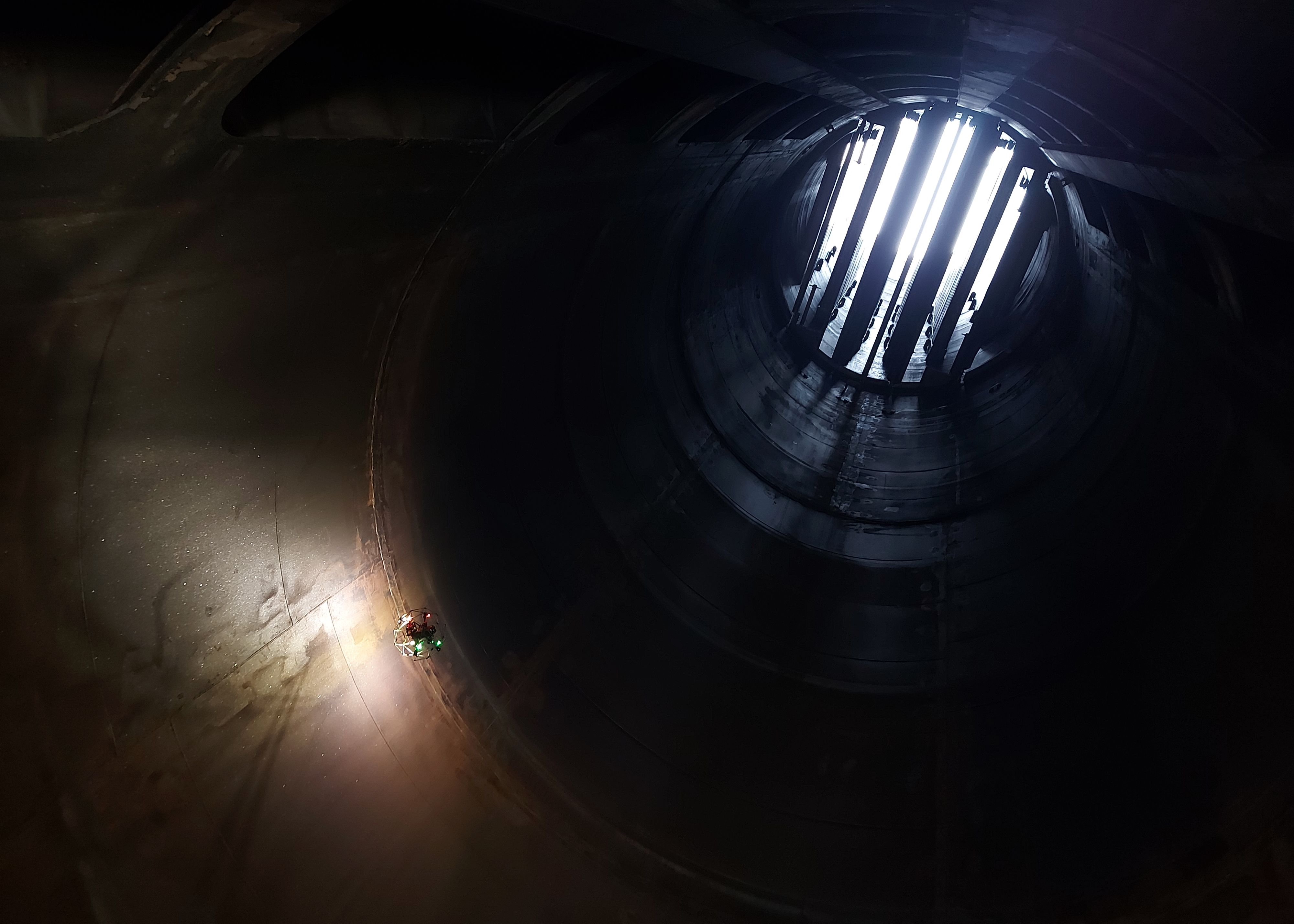
The safety of your personnel and our own is paramount, and we place it at the forefront of our company culture. Ask us about our HSSE systems and practices.
Drones aren't just for flying up in the sky. Our specialist drones can fly into confined spaces like chimneys and boilers to look for issues that would otherwise be inaccessible.
Drone technology is cheaper, safer and more reliable than traditional methods such as scaffolding, cherry-pickers and ropes. It's also quicker and less labour-intensive. We will bring everything we need and be out of your way that same day.
Downtime is expensive, unpopular and inconvenient. Using a drone, our engineers can conduct a thorough survey with little to no downtime.
We understand that you need answers fast. We can deliver a plain-English report with clear-cut conclusions in days. Then, you can take the steps you need to and get back to doing what you do best.
We use cutting-edge technologies to detect problems that would otherwise be invisible. These include 4K ultra-HD photography/video, LIDAR and thermal imaging.
Drone inspections take up less of your manhours and resources than traditional inspections, giving you a faster and more budget-friendly return on your investment.
Sometimes the brief can change even in real-time. If need be, you can be stood there right next to the drone operator, directing them as the situation develops.
There are many areas of a chimney stack (also called a smoke stack) that are susceptible to wear. In order to carry out a comprehensive inspection, it's important to know all these aspects. As engineers, we know what to look for and where to look for it when inspecting industrial chimneys.

We carry out internal and external chimney inspections without the need for scaffolding or climbing equipment. This makes the process faster, with less downtime and a quicker return to normal operations.
Using drones to inspect the inside of the stack gives us a clearer view than traditional climbing methods, and takes significantly less time.
All inspection personnel remain safely on the ground. With no climbing involved, the risk is minimal — and so is the paperwork.
We use a high-resolution camera for our inspections, which allows us to inspect the chimney from a safe distance, without causing potential further damage — which is a real risk with a manned inspection. High-definition images are captured of any irregularities, inside and out, and summarised in a clear report with all relevant data.
The full chimney stack is inspected, paying particular attention to cracks, discolouration and internal corrosion. Since the inside of a stack is more prone to wear, it requires a different approach. In tight spaces, we use a collision-avoiding drone to protect both the chimney and equipment. There's no need to endanger people's lives by entering the stack. The inspection is carried out entirely by drone, with live footage available from the ground.
Inspecting the outside of a chimney stack requires less labour, fewer materials, and minimal downtime. Although our drone stays far back from the structure, we still capture high-quality and detailed images. We provide clear data of any damage to ducts, ventilation, and the structure itself, helping you plan repairs efficiently.
In many cases, no damage is found during a chimney inspection. When everything checks out, there's no need to send a climber up at all, making the drone inspection a complete maintenance solution.









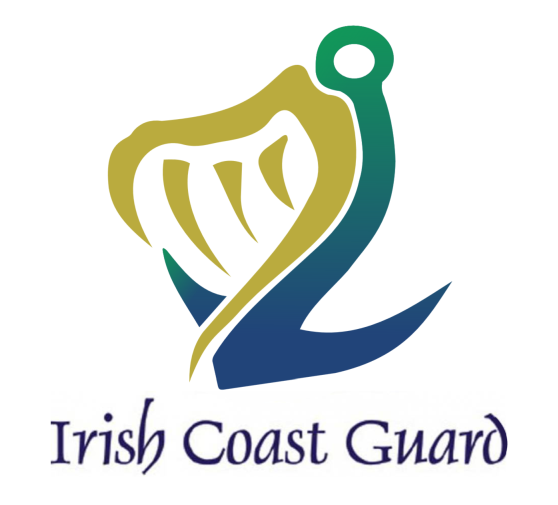
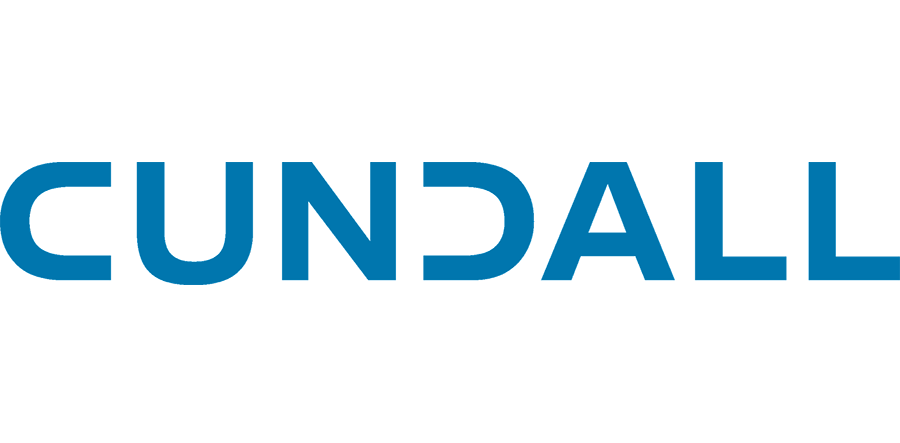



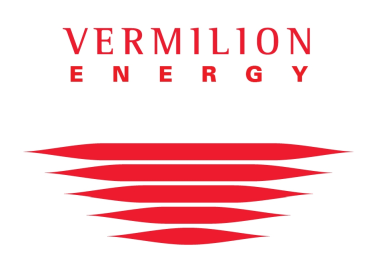

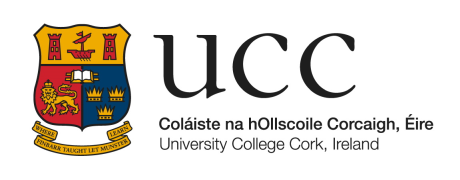






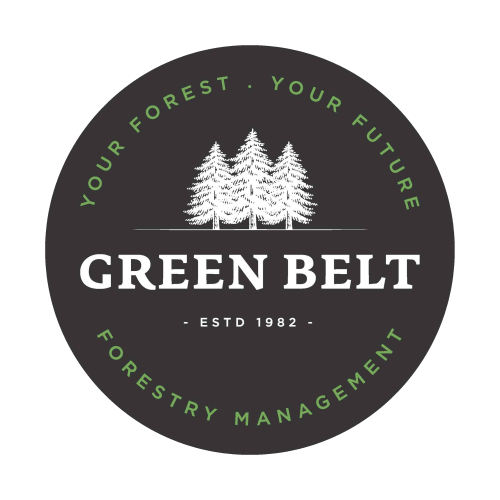





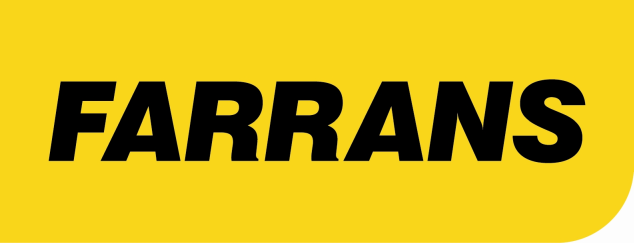
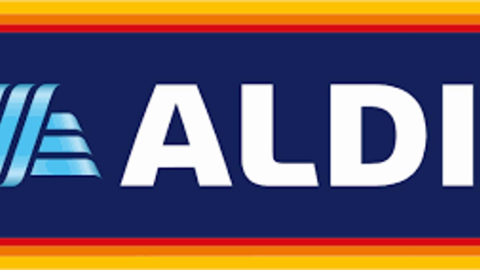






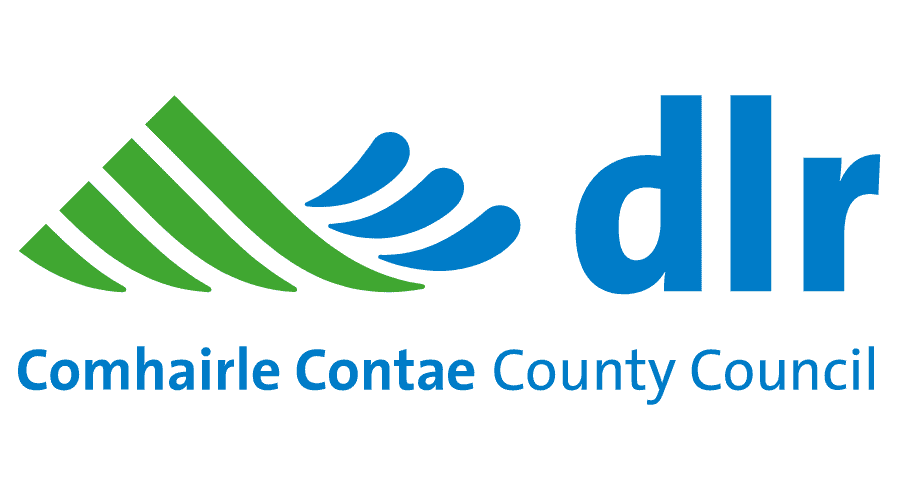









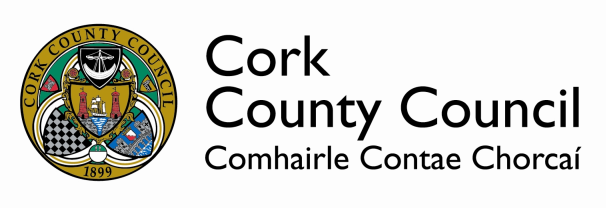

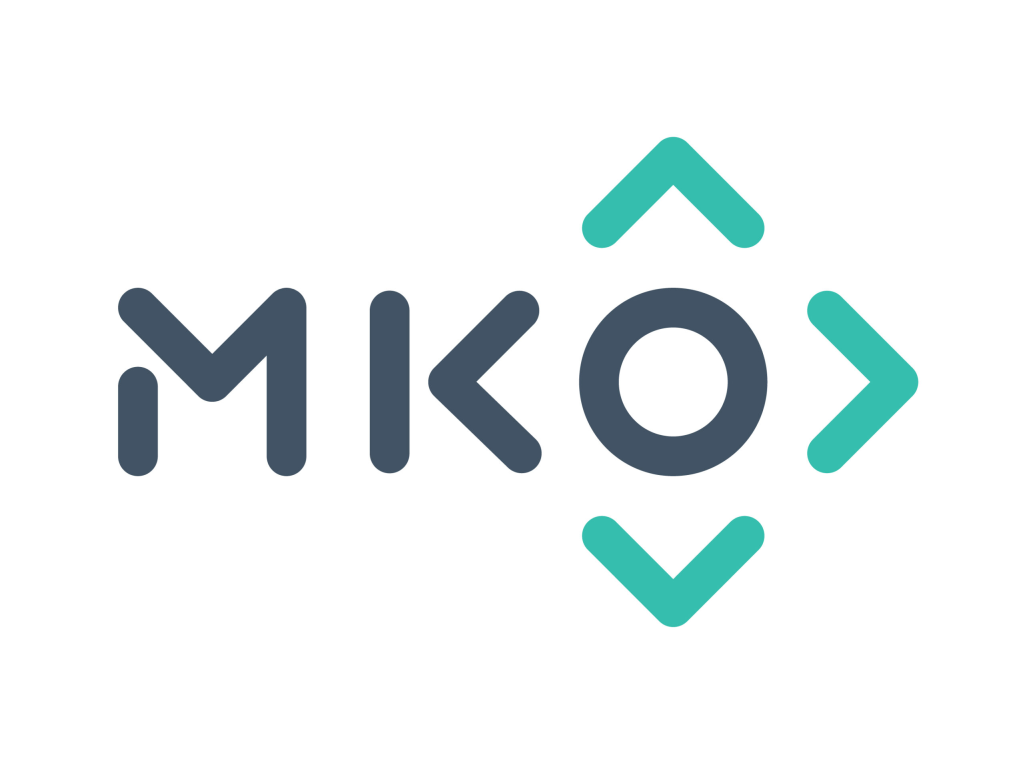
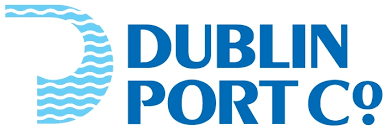

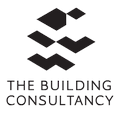

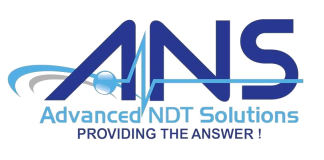


















































































































































UHD or Ultra High Definition signifies that a camera's resolution is 3840x2160 pixels. This is exactly four time higher than high definition cameras (1920x1080 pixels), and so UHD is often also know as 4K. More about drone photography...